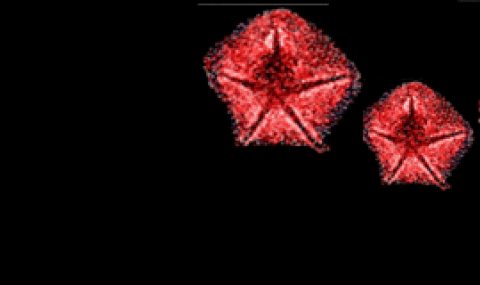PBCV-1 Rosette
Paramecium Bursaria Chlorella Virus-1 (PBCV-1) is the prototype member of the Phycodnaviridae family and shares an ancient ancestor with the Mimivirus. By combining various advanced high resolution fluorescence and electron microscopy techniques we investigate the infectious cycle of the virus. Specifically, we focus on the infections stages where "viral organelles" termed viral factories are generated in the cytoplasm of the host





